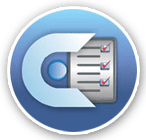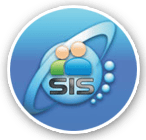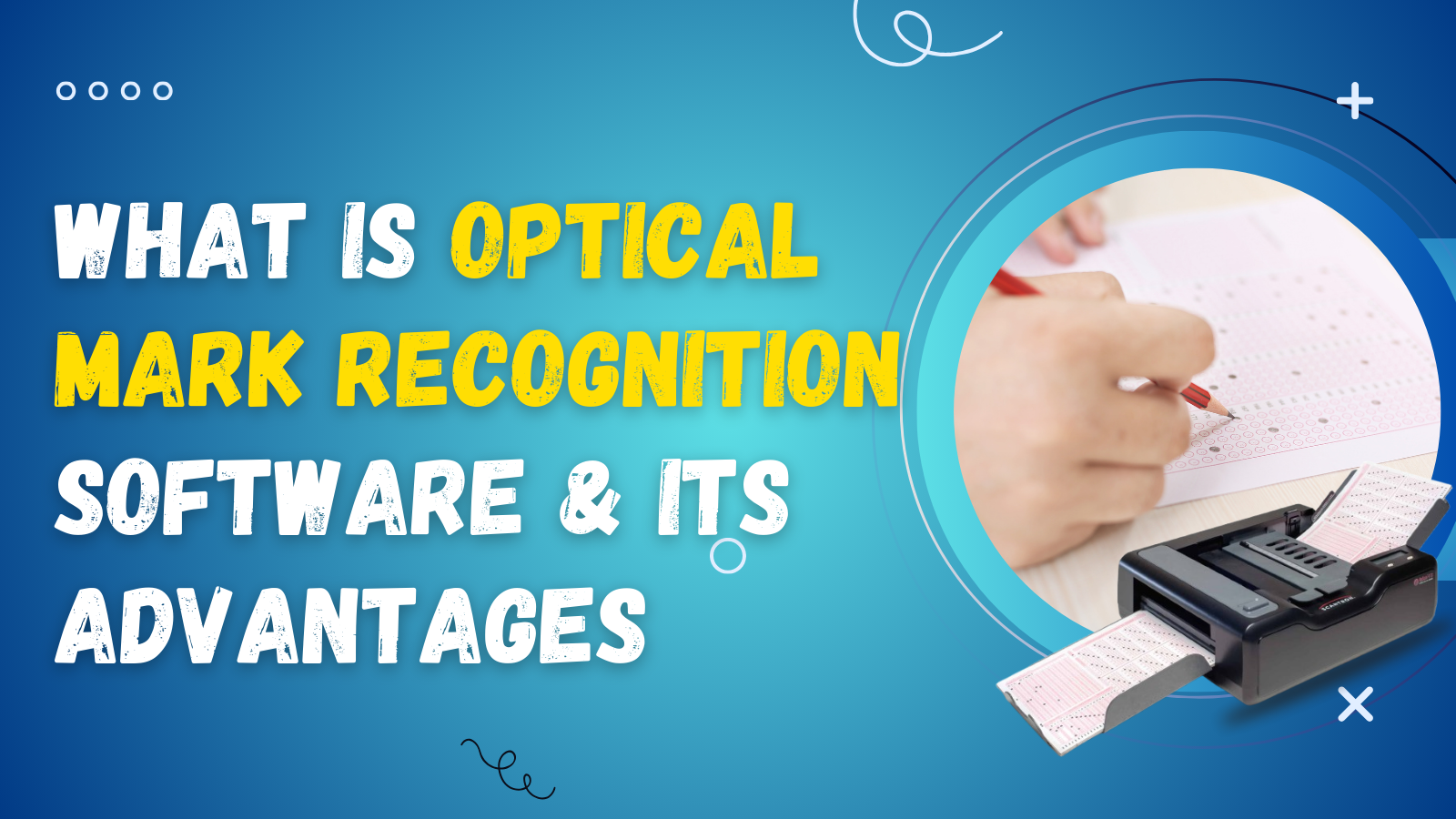Optical Mark Recognition software is a type of technology used to detect and process human-marked data on paper forms such as surveys, tests, and ballots. It works by analyzing marks made on predefined locations on a form, such as checkboxes, circles, or ovals, and converting them into digital data for further processing.
Key Features of OMR Software:
1. Recognition of Marked Fields: Identifies and interprets filled-in marks, such as bubbles or checkboxes.
2. High-Speed Processing: Scans and processes large volumes of data quickly.
3. Customizable Forms: Allows the creation of forms with specific layouts and marking styles.
4. EASE: Well Organized, uncluttered, consistent, and easy to use screen layout.
5. DATA CAPTURE: Capture any kind of data such as candidate signature, photograph, and contact details.
6. SCANNER INDEPENDENT: Highly compatible with any of the normal ADF scanners.
7. Error Detection: Identifies incomplete, multiple, or incorrectly marked responses.
8. Integration with Systems: Exports data to databases, spreadsheets, or other software for analysis.
Common Applications:
1. Examinations and Tests: Automated evaluation of multiple-choice question papers.
2. Surveys and Feedback Forms: Collection and analysis of feedback in large-scale surveys.
3. Elections: Counting votes in elections using marked ballots.
4. Attendance Tracking: Quick recording of attendance in educational or corporate environments.
Advantages:
1. Cost-Effectiveness
• Lower Operational Costs: Reduces the need for manual labor in data collection and analysis.
• Reusability: Forms can often be reused, especially with template-based software solutions.
2. Speed
• Processes hundreds or thousands of forms in minutes, making it ideal for time-sensitive tasks like exam evaluations or survey results.
3. Accuracy
• Minimizes human errors compared to manual data entry or scoring.
• Includes verification mechanisms to detect and flag inconsistencies.
4. User-Friendly
• Modern OMR solutions offer intuitive interfaces, making it easy for non-technical users to design forms and process data.
5. Flexibility
• Can handle a wide range of form designs, including custom templates with varying formats.
• Works with both specialized OMR Sheets and standard paper printed with regular printers.
6. Scalability
• Suitable for small projects (like classroom quizzes) and large-scale applications (such as nationwide surveys or university exams).
7. Data Security
• Secure storage and export options protect sensitive information.
• Reduces the risk of misplaced or misrecorded data during manual handling.
8. Real-Time Insights
• Some OMR Solutions provide real-time analytics and reporting, offering immediate results for decision-making.
9. Environmental Friendliness
• Encourages digital transformation, as some OMR solutions can process digitally scanned forms, reducing paper dependency.
10. Custom Reporting
• Allows for customized reports and data export formats, making integration with analytics or database tools seamless.
11. Error Detection
• Identifies incomplete forms, multiple marks, or ambiguous entries, ensuring data integrity.
12. Integration
• Many OMR tools integrate seamlessly with other systems like CRM, ERP, or Learning Management Systems (LMS), streamlining workflows.
13. Versatility
• Used across industries such as education, healthcare, government, and market research for various purposes like feedback, attendance, and elections.
By automating repetitive and error-prone tasks, OMR Software significantly boosts efficiency, making it an indispensable tool for organizations that deal with high volumes of structured data.
Conclusion
Optical Mark Recognition (OMR) software is a powerful and efficient tool for automating the collection and analysis of marked data. Its speed, accuracy, scalability, and cost-effectiveness make it an ideal solution for a variety of industries, including education, healthcare, government, and market research. By minimizing manual errors, saving time, and providing real-time insights, OMR technology enhances operational efficiency and supports informed decision-making. As organizations increasingly adopt digital and automated solutions, OMR continues to play a vital role in streamlining data management processes.







